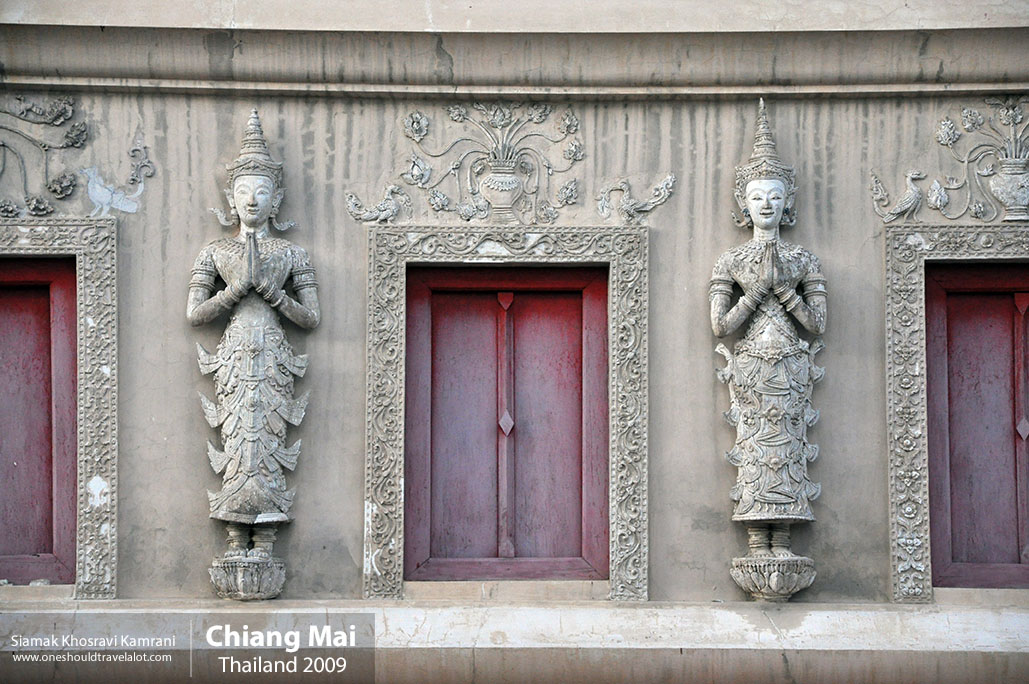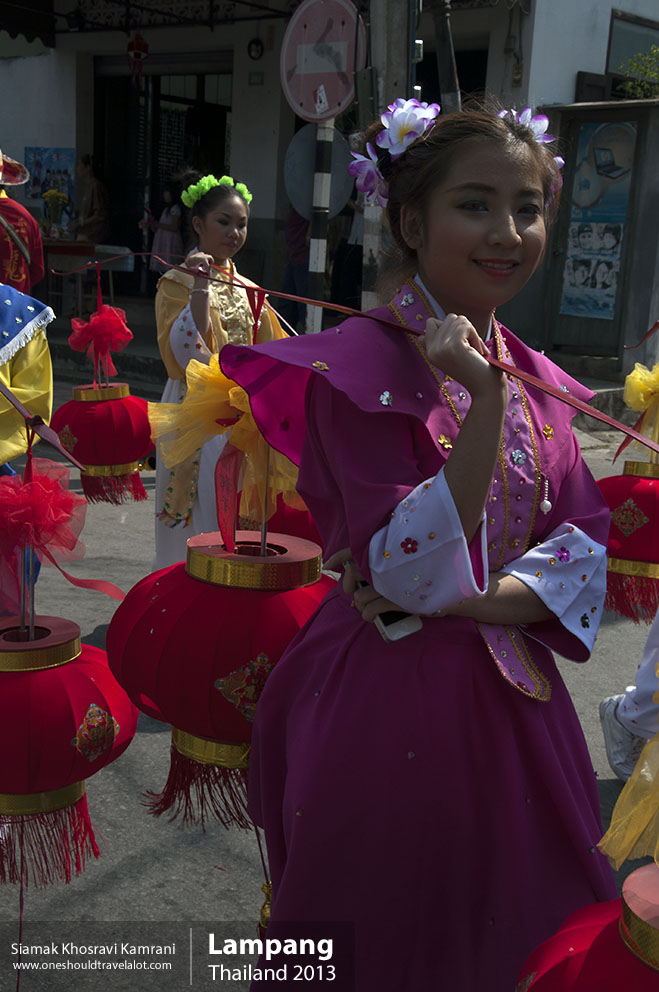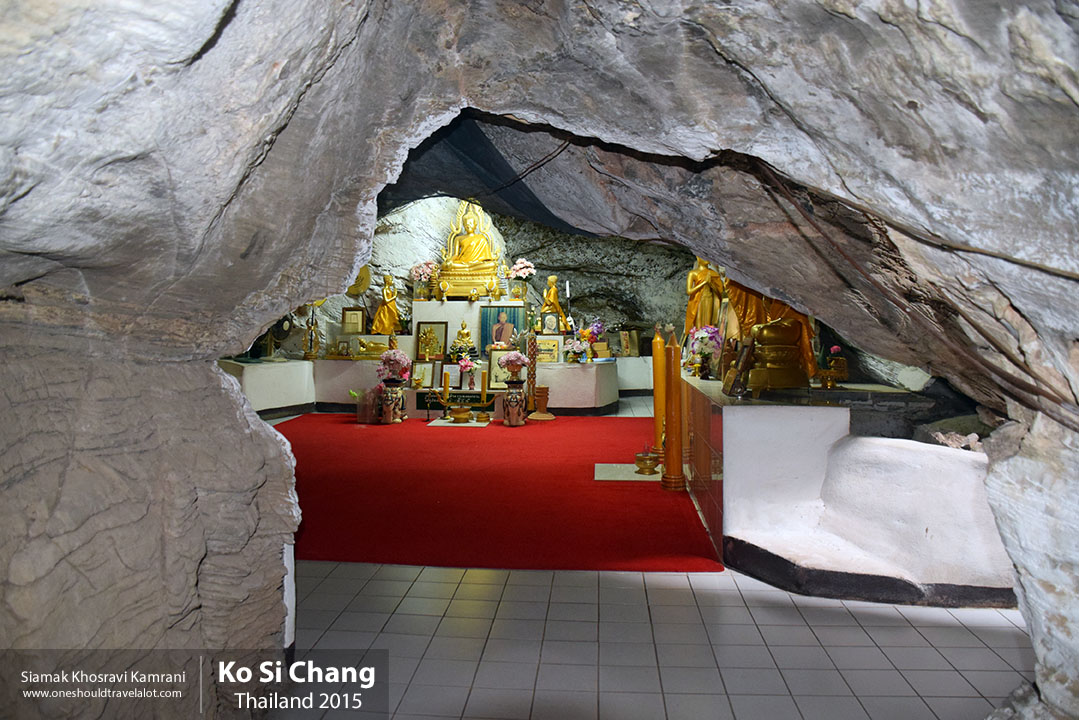Discovering Chiang Rai: A Photographer’s Journey
Chiang Rai, a city nestled in the northernmost part of Thailand, is often overshadowed by its more famous neighbor, Chiang Mai. However, for those seeking a blend of cultural richness, stunning landscapes, and a serene atmosphere, Chiang Rai offers an unparalleled experience. As a young photographer with a passion for capturing the essence of places through my lens, my journey to Chiang Rai was nothing short of a revelation.
First Impressions
Landing in Chiang Rai, the first thing that struck me was the city’s tranquil pace. Unlike the bustling streets of Bangkok or the tourist-heavy alleys of Phuket, Chiang Rai felt like a gentle whisper of Thailand’s past and present. The airport, small yet efficient, set the tone for what was to come—an intimate exploration of a city that values its heritage while embracing the new.
The Cultural Tapestry of Chiang Rai
Chiang Rai’s cultural landscape is a vibrant tapestry woven with threads of Lanna, Burmese, and Chinese influences. The city, founded by King Mangrai in 1262, was the first capital of the Lanna Kingdom. This rich history is palpable as you wander through its streets, where ancient temples stand alongside modern cafes and art galleries.
The Languages and People
Thai is the predominant language spoken here, but you’ll also hear the mellifluous tones of Lanna and the occasional Mandarin, thanks to the city’s significant Chinese community. The people of Chiang Rai are warm and welcoming, often going out of their way to help a lost traveler or share a story about their city’s past. This hospitality added a layer of warmth to my photographic journey, as I found willing subjects and guides in nearly every corner.
Exploring the Landmarks
Wat Rong Khun: The White Temple
My first major stop was Wat Rong Khun, also known as the White Temple. This contemporary, unconventional Buddhist temple is one of the most iconic structures in Thailand. Designed by Chalermchai Kositpipat, a local artist, the temple is a dazzling display of white plaster adorned with pieces of mirrored glass.
As I stepped onto the grounds, my camera immediately went to work, trying to capture the interplay of light and reflection that gives the temple its ethereal quality. The intricate details of the murals inside, depicting a blend of traditional Buddhist imagery and modern pop culture references, provided a fascinating subject for my lens. Each shot seemed to uncover a new facet of this architectural marvel, making it a highlight of my trip.
Baan Dam: The Black House
In stark contrast to the White Temple is Baan Dam, or the Black House. Created by Thawan Duchanee, another renowned Thai artist, this collection of dark, wooden buildings is both mysterious and captivating. The structures, adorned with animal bones, skins, and other eclectic art pieces, offer a deep dive into the darker aspects of Thai culture and philosophy.
Photographing Baan Dam was a thrilling challenge. The play of shadows and light through the buildings’ intricate carvings created dramatic contrasts that made for striking images. Each shot seemed to tell a story of its own, a testament to Duchanee’s genius and the rich cultural heritage of Chiang Rai.
The Scenic Beauty of Chiang Rai
Singha Park
Beyond its cultural landmarks, Chiang Rai boasts natural beauty that is equally compelling. Singha Park, with its vast tea plantations and rolling hills, offered a serene escape from the urban landscape. As I strolled through the park, camera in hand, I was captivated by the lush greenery and the meticulously maintained gardens.
The park is also a hub for adventure activities. I joined a group for a hot air balloon ride, which provided breathtaking aerial views of the park and its surroundings. Capturing the sunrise over the tea plantations from above was an unforgettable experience, each frame a testament to the park’s serene beauty.
The Golden Triangle
Another significant landmark is the Golden Triangle, where the borders of Thailand, Laos, and Myanmar converge. This area, once infamous for its opium trade, has been transformed into a tourist attraction that offers stunning views of the Mekong River.
Photographing the Golden Triangle was a unique challenge due to the varying light conditions throughout the day. Early morning mists provided a mystical quality to my shots, while the vibrant evening hues painted the river and surrounding hills in warm, golden tones. Each photograph seemed to capture a different mood of this historically rich region.
Immersing in Local Life
The Night Bazaar
To truly understand Chiang Rai, one must delve into its local life. The Night Bazaar is the perfect place for this. As the sun sets, the streets come alive with vendors selling everything from traditional handicrafts to tantalizing street food. The air is filled with the aroma of grilled meats, spices, and fresh fruits.
With my camera, I wandered through the bazaar, capturing candid shots of vendors and customers engaged in lively bargaining. The vibrant colors of the stalls, the intricate designs of the handmade goods, and the joyful expressions of the people made for a rich tapestry of images that told the story of Chiang Rai’s everyday life.
Local Cuisine
Food is an integral part of Chiang Rai’s culture. From street food stalls to quaint local restaurants, the culinary offerings are diverse and delicious. I found myself drawn to dishes like Khao Soi, a coconut curry noodle soup, and Sai Oua, a spicy Northern Thai sausage.
Photographing these dishes was a feast for the senses. Each plate was a work of art, with vibrant colors and textures that translated beautifully into images. More than just food, these dishes told the story of Chiang Rai’s cultural heritage and the fusion of flavors that define Northern Thai cuisine.
Reflections on Societal Conditions and Atmosphere
Chiang Rai presents a fascinating blend of tradition and modernity. The city’s standard of living is comfortable, with modern amenities seamlessly integrated into the historical fabric of the area. Education and healthcare facilities are commendable, reflecting Thailand’s overall progress.
However, what stands out most is the city’s commitment to preserving its cultural identity. Festivals like Songkran (Thai New Year) and Loy Krathong (Festival of Lights) are celebrated with great enthusiasm, offering photographers like me a chance to capture the city’s spirit in its most vibrant form.
The societal conditions in Chiang Rai are marked by a sense of community and respect for tradition. The city’s slower pace of life allows for deeper connections with both people and places, something that is often lost in more urbanized settings.



